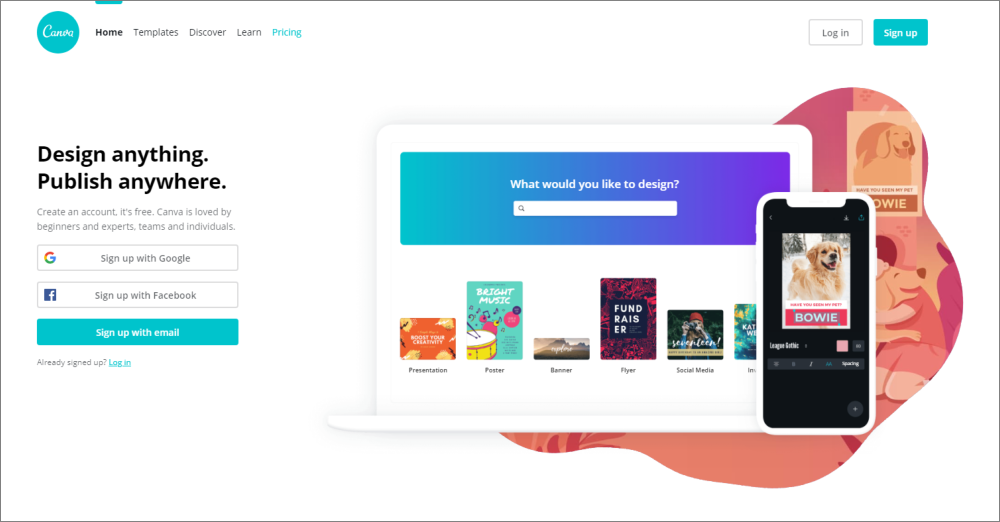Why You Must Include Powerful Calls to Action On Your Website
Call to Action also known as CTA is what tells your visitors what they should do once they arrive on your website.
These are particularly valuable if you are finding that your prospects are not taking the next step – whether it is buying or simply requesting more information.
Here are some simple examples of calls to action:
- Buy Now
- Add to Cart
- Download a Report / White Paper
- Download a Checklist
- Check Out Infographic
- Download a Guide
- Order Ebook
- Download a Cheat Sheet
- Access Toolkit
- Follow Us On Instagram
- Join Us on Facebook
- Connect on LinkedIn
- Sign up for a Webinar
- Request a Quote
- Get Started
- Book an Appointment
- Schedule a Consult
- Book a Strategy Session
- Subscribe to YouTube / Podcast
- Check Out Demo
- Register Your Interest
- Get a Sample
- Leave Review
- Create Free Account
- Let’s Chat
- Start a Challenge
- Free Trial
- Grab a Template
- Save Your Seat
- Read More
- Get Access
- Donate
- Continue
- Complete a Quiz
- Get a Discount Coupon
- Enter a Competition
- Learn More
- Join
- Get Yours
- Get Inspired
- Find Out
- Add to Wishlist
- Watch This Item
- Notify Me
- Go Premium
- Search
- Get Involved
- Compare
- Click to Share
- Watch Video
- Get Your Ticket
- Preorder
- Sign up for Course
- Discover
For a comprehensive list, check out 44 Powerful Calls to Action Infographic

When it comes to creating high converting calls to action, consider the following:
Strive for clarity
When it comes to calls to action, the most important thing is clarity. Writing a call to action that is succinct and clear can be a challenge, but it’s also key for your message to reach its intended audience. A vague or misleading call to action risks alienating potential customers, whereas a clear and concise one will ensure people understand exactly what you are asking them to do. Making sure that you strive for clarity in your calls to action will make all the difference in achieving success.
Use words that provoke emotion or enthusiasm
Calls to action should be intentionally crafted to evoke an emotional response from the reader. By using words that provoke enthusiasm or excitement, you can ensure that your audience will respond positively to the call. Words such as ‘discover’, ‘unlock’, and ‘gain’ are effective at creating a sense of desire and urgency in the reader’s mind, which will convince them to take action. Additionally, carefully chosen adjectives can subtly encourage readers to feel passionate about taking action.
Let your audience know what’s in it for them
When making a call to action, it is important that your audience knows what’s in it for them. Letting your readers know the tangible benefits that they can get from taking the requested action will motivate them to do so. Making sure you emphasize how they’ll benefit from following through on the call is an effective way of getting people to act. Also, conveying a sense of urgency and scarcity can encourage people to take the plunge and commit to the call more quickly, as they don’t want miss out on a good opportunity. An example of this would be “Call Today for a Free Strategy Session”
Take advantage of their fear of missing out
Creating a sense of fear of missing out (FOMO) is a great way to motivate people to take action. By emphasizing the scarcity of the opportunity or highlighting how quickly things could slip away, you can create a sense of urgency that encourages people to respond. Make sure to point out why an individual should act now, and then drive home the importance of this call to action with FOMO-inducing language. Include something like “Buy Today! Sale Ends on Monday” or “Buy Now While Supplies Last”
Use numbers
Incorporating numbers into your call to action can be a powerful way of grabbing people’s attention. Whether it’s in the form of discounts, percentages, statistics or examples, the use of these figures gives weight and validity to your point. Visitors respond well to seeing numbers. An example would be “Book Today! Get 15% Off Your Next Visit”
Differentiate the call to action
Make your call to action stand out from the rest of the content by making it bigger, using a different colour or including an icon or an image.
Calls to action should be included on everything:
- Every page of your website – even if it is just an information page or a blog post
- Social media posts and ads
- Direct mail

Click here for an example of a page that features several calls to action.
If you need help coming up with great Calls to Action for your website, email me – ask@web4business.com.au or Book for a Free Website Strategy Session with me.
*****
by Ivana Katz
Websites 4 Small Business – www.web4business.com.au;
Ivana makes it easy for you to get your business online very quickly. If you’re looking for a professional and affordable website designer, CLICK HERE and download your FREE copy of “Ultimate Website Design Secrets Blackbook – 10 Bulletproof Strategies for Designing an Outrageously Successful Website”

You may also be interested in:














